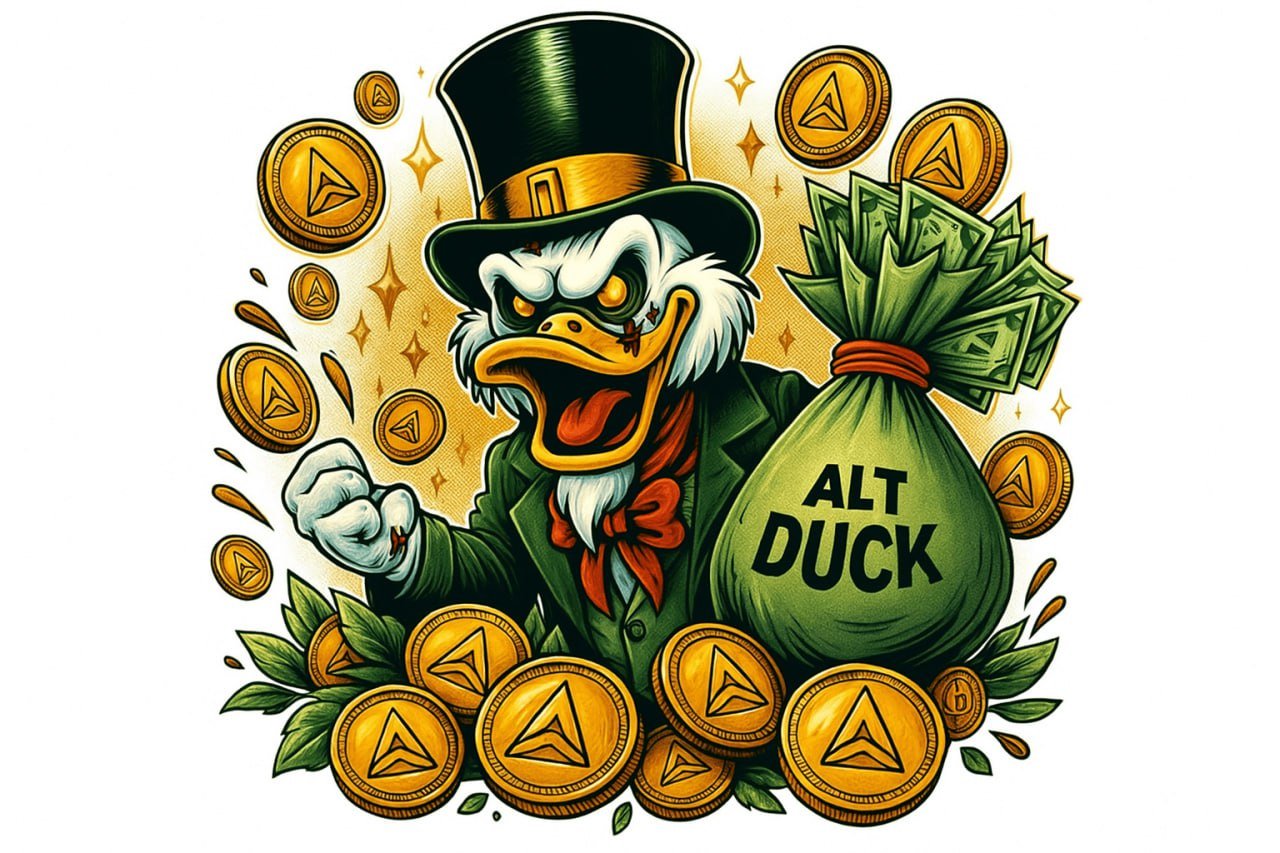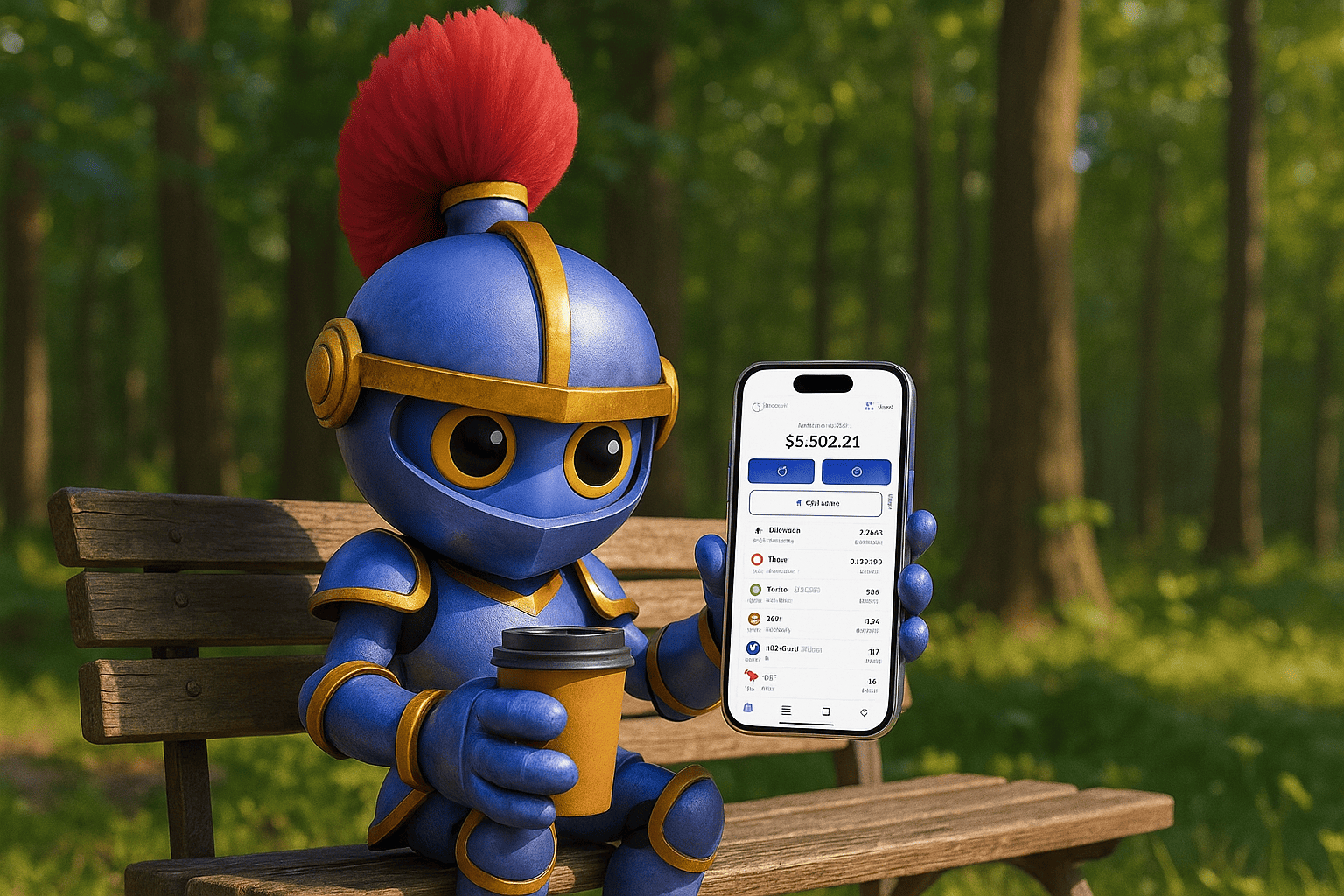Keep3rV1
Download app Ironwallet and get tool for making transaction without network fee
About Keep3rV1
Keep3rV1 is an innovative protocol built on the Ethereum blockchain that aims to facilitate job coordination between projects in the decentralized finance (DeFi) ecosystem. It launched in 2020 and has quickly become an integral cog in the rapidly expanding DeFi machine.
How Keep3rV1 Works
The Keep3rV1 protocol functions as a decentralized job board, connecting projects that need external work completed with “Keepers” who can fulfill those jobs. Jobs may include things like tending to on-chain liquidity pools, executing transactions, or feeding data.
Keepers perform jobs and receive payment in the protocol’s native token, KP3R. To prevent malicious actors, Keepers must stake KP3R tokens to be eligible to fulfill jobs. The more they stake, the more “work credit” they accumulate to claim jobs. This aligns incentives so that honest actors are rewarded.
Projects post available jobs to the Keep3rV1 network. They set a required amount of work credit for Keepers to be eligible for that job. Once claimed, the Keeper completes the work and submits proof on-chain. They then receive the promised KP3R payment from the project.
This decentralized system provides a flexible way for DeFi projects to outsource tasks while tapping into a pool of specialized Keepers.
Use Cases for Keep3rV1
Keep3rV1 has a number of valuable use cases:
- Automating management of liquidity pools and balances. Keepers can automatically rebalance pools when needed.
- Executing transactions. Projects can hire Keepers to make trades, harvest yields, trigger contract calls and more.
- Information feeds. Keepers can supply external data to smart contracts that don’t have native access.
- Monitoring security. Keepers can watch protocols for vulnerabilities and exploits.
- General upkeep. Any routine maintenance or monitoring task can potentially be outsourced to Keepers.
By tapping into Keep3rV1 for these services, projects spend less time on rote work and minimize smart contract risk.
Advantages of Using Keep3rV1
Keep3rV1 brings several key advantages:
- Decentralization. There is no central authority governing the network. Job coordination arises organically from participation incentives.
- Specialization. Projects can leverage dedicated Keepers who focus on niche DeFi work full-time.
- Flexibility. Jobs can be posted ad-hoc as needs arise, rather than locking into a rigid service agreement.
- Transparency. All jobs and payments occur on-chain for public accountability.
- Trust minimization. Strict staking requirements and slashing penalties incentivize good behavior.
Disadvantages of Keep3rV1
Some potential downsides and criticisms to consider:
- Censorship risk. There is no recourse if malicious actors acquire majority control and censor transactions.
- KP3R concentration. Top staking Keepers currently control a large share of voting power. This could limit decentralization.
- Unproven at scale. The system’s robustness at massive transaction volumes is still unknown.
- Regulatory uncertainty. Like much of DeFi, legal and compliance issues remain unsettled.
- Crypto volatility. KP3R price swings may affect participation incentives over time.
Keep3rV1’s Native Token KP3R
The Keep3rV1 system is powered by its native crypto asset KP3R. This ERC-20 token has several key use cases:
- Staking for priority job access, as described earlier.
- Governance voting. KP3R holders can vote on protocol changes and parameters.
- Bonding. New projects must stake KP3R when registering jobs to align incentives.
- Payments. Projects pay for job fulfillment in KP3R. Keepers earn income denominated in KP3R.
As adoption grows, demand for the token may increase from staking and payments especially. However, governance rights are restricted only to the top staking Keepers, concentrating power.
Trading and Storing KP3R Tokens
KP3R can be purchased on Uniswap and other decentralized exchanges. Daily trading volume routinely reaches millions of dollars.
For storage, KP3R can be held in any Ethereum wallet that supports ERC-20 tokens. Software options include IronWallet, MetaMask, Ledger, and Coinbase Wallet. KP3R can also be stored on certain centralized exchanges after purchase.
Proper security practices are recommended when handling cryptocurrencies. Wallets should be backed up and stored offline when possible. Exchanges should use strong passwords, two-factor authentication, and other protections against hackers and malware.
The Keep3rV1 Development Team
Keep3rV1 was created in 2020 by Andre Cronje, a prominent DeFi developer. However, Cronje handed over control of the project shortly after launch.
It is now governed by a decentralized organization called Keep3rV1DAO. This DAO manages protocol changes through on-chain voting by KP3R holders.
While no longer officially involved, Cronje’s legacy shines through in Keep3rV1’s clever incentive design. The protocol automates key DeFi functions through crypto economic mechanisms.
The Future Outlook for Keep3rV1
As Ethereum DeFi activity continues rapidly accelerating, services like Keep3rV1 may become ever more crucial. The protocol is well positioned to be a core component of future DeFi infrastructure.
However, risks remain around regulatory uncertainty, technical robustness, and governance centralization. How Keep3rV1 navigates these challenges could determine its long-term viability.
Technical improvements in the roadmap include cross-chain expansion and decentralized oracle integrations. On the governance side, efforts to further decentralize control remain imperative.





















